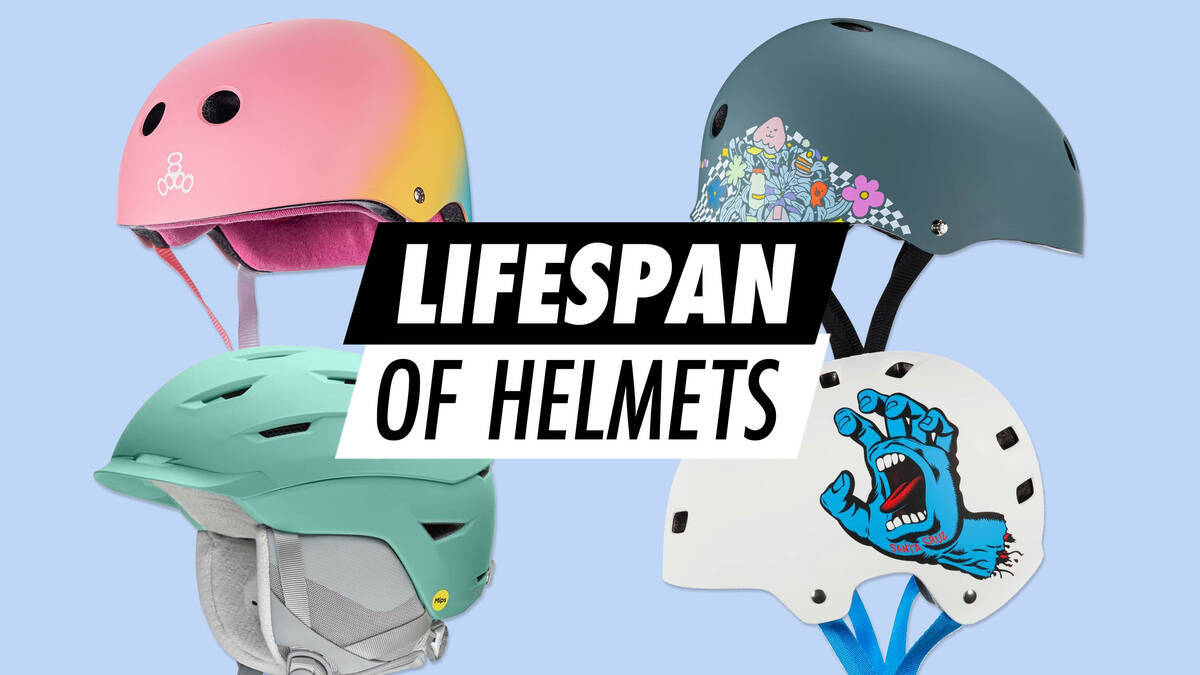Helmet Durability

It is essential to replace your helmet if any cracks or bumps appear, and ensure the buckle, straps, and any size-adjustable mechanism remain intact.
Helmets, whether for cycling or skating, do not have an indefinite lifespan. Recognising damage and wear is crucial, as these factors compromise the helmet's protective capabilities.
When is it time to get a new helmet?
After a significant impact, all cycling or skating helmets ought to be replaced, even in the absence of visible damage indicators. It's possible the helmet has cracked internally, undetectable to the naked eye. Sweat can also degrade the foam forming the inner shell and its shock-absorbing properties. If any wear or cracks are evident in the foam, a replacement is necessary.
It is advised that helmets be switched every five years with consistent usage.
As children grow, ensure the helmet continues to fit securely and offers the required protection.
How can I assess my helmet's condition?
If any of the questions below are answered affirmatively, it suggests that your cycle or skate helmet is substandard and requires replacement.
- Are there any cracks, scrapes, or bumps on the outer shell? Inspect the outer shell. Should the colour appear faded, this might suggest the plastic has weakened due to UV exposure and wind, necessitating a replacement.
- Is there evidence of cracking or ageing in the inner shell? Look carefully at the inner shell by removing the padding and turning the helmet around.
- Do the buckles and straps function poorly? Verify that the buckles click together correctly and that the straps remain intact and unbroken.
- Are there difficulties when adjusting the size mechanism? Some helmets feature a rotary buckle at the rear for a customised fit. If this doesn't function optimally, the helmet should be replaced.
